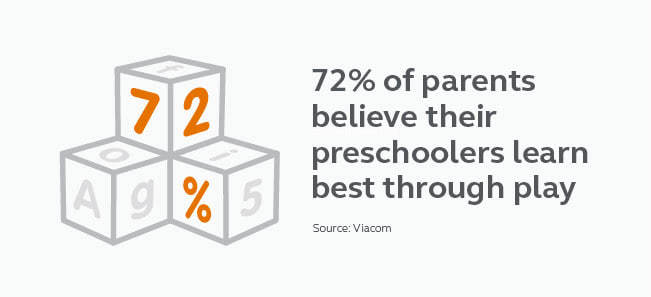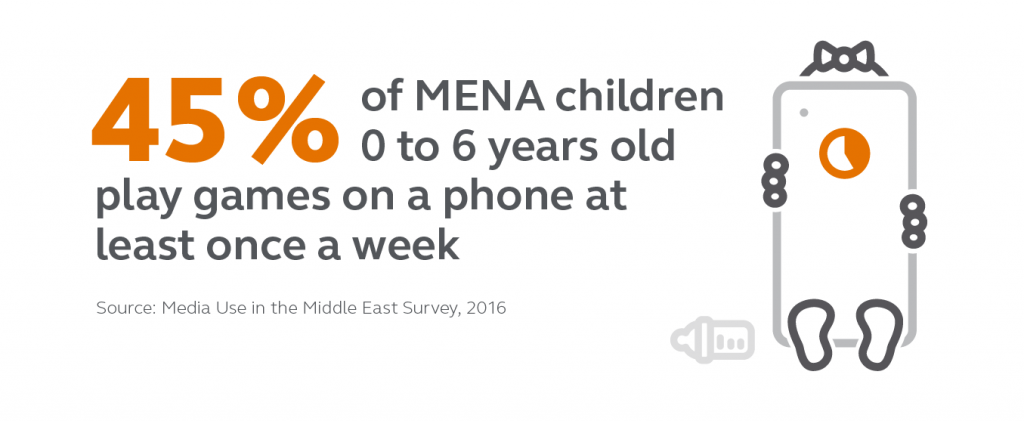
DATÜM: Gen Alpha, The Digi Natives
Because trendspotting isn’t challenging enough, into our world comes Gen Alpha (7 and younger), which is learning differently and influencing brands even before they are born. What kind of world will they be living in? Is society prepared? Datüm takes a look at what may be influencing our next powerful generation, what we can expect from these digital natives and how best to accommodate their diverse needs.
Meet Gen Alpha
The senior citizens of Gen Alpha just entered the kindergarten classroom in 2017. Recall the days of gluten free, dairy free and nut free snacks while watching YouTube videos of people playing games? Yeah, us too.
In 2050 (when the little tikes turn 40) the Generation Alpha population is predicted to reach 35 million. Here are our predictions about their interests: social stewardship, entrepreneurial skills, financial literacy, innovation and resourcefulness. Products at their fingertips are a must and unfathomable to previous generations (like us), but millennial parents with increased disposable income, after living with their parents for most of their lives, want only the best for their little ones. Tech-savvy millennial parents have fully embraced a smart life with in-home gadgets (shocker) and innovative devices, making for a more convenient and connected life. Balancing the ‘right’ amount of technology and an unplugged, authentic childhood is on the minds of new parents everywhere. Face-to-face interaction has and always will be important; staring at a screen can’t replace it. Here is a screenshot of the data to better understand Generation Alpha:


- Interactive: 72% of parents believe their preschoolers learn best through play [source: Viacom]
- Screen Savvy: 45% of MENA children 0 to 6 years old play games on a phone at least once a week [source: Media Use in the Middle East Survey, 2016]
- Seasoned Explorers: 78% of British parents feel traveling and experiencing other cultures is important to a child’s development [source: Family Travel Association]
- Kids of Millennials: 82% of new mothers fit into the millennial age bracket [source: Pew Research Center]
- Emerging in Asia: India & China account for 32% of the world’s 3-12-year-olds [source: Euromonitor, 2016]
Tiny inspiration
Brands are already trying to capitalize on the new generation and their millennial parents:
All About STEM
Subscription services for the “too busy” are already popular, but the latest trends are personalized subscription packages for children. Sign ‘em up while they’re young.
STEM toys are one way to encourage kids to develop skills in the core disciplines of science, technology, engineering and mathematics. Amazon STEM Club is a program for 3-4 year-olds, and toys are handpicked by Amazon’s toy experts (how do we get this job?) to introduce simple concepts related to counting, building, and cause and effect. An early introduction to STEM can only have a positive impact. At least that’s what we think.
Inclusive Design
The U.S. Center for Health Statistics reports that approximately one in 45 American children fall on the autism spectrum. There are already classrooms that have been specifically designed for children with autism, sensory issues and other special needs. However, we are finally starting to see this same sensitivity in retail brands and consumer products. A new lifestyle website, Wolf + Friends caters to parents of children with autism and other special needs by linking to a selection of need-appropriate yet aesthetically appealing products from both chains and independent retailers. How can we better accommodate these special needs as Gen Alpha moves from toddler to adulthood? What other sectors will this effect?
Micro Schools
Micro-schools focus on building entrepreneurial skills and harnessing a creative-forward culture, creating a new type of learning. WeGrow’s micro school and pilot class has enrolled seven children, ages 5, 6, and 8, currently running at a Chabad school in New York City. The program joins the growing ranks of micro-schools; educational institutions that offer a modified Montessori-style program for students of different ages in a shared, multi-purpose space. Maybe you take yoga instead of P.E. Decisions.
Designing for The Future
The kids of millennial parents will have a drastically different future than previous generations. We thought we’d have driverless cars by now, but here we are, not able to tweet and drive. This generation will have independently operating cars, drones and other inventions of hyper-convenience; everything will be within reach for these digital natives. The focus will shift to protecting resources, bettering themselves and their environment, living with less and everything will be smarter. Therefore, as Gen Alpha is born and grows up, it’s crucial to stay ahead of their needs for fear of being irrelevant (FOBI). Here are some ways to think about how to design for our youngest and most technologically literate generation yet:
- Think Beyond Screens
- With the pressure from school at a young age, it’s more important than ever that kids be kids in the traditional sense: play outside and feel the grass beneath their feet. Kids will still need to have practical skills and social competencies, and can only be gained from real-life experiences and in-person communication. According to Viacom, 65 percent of preschoolers have access to a tablet, using it for an average of 1.3 hours per day; more screens doesn’t mean more love from your kids. Generation Alpha is looking to be challenged in many ways, and this includes obstacles in natural settings (AKA the old school way of doing things) that a smart device can’t provide. Therefore, it’s important to remember that adding a bunch of screens or games to entice these young consumers only goes so far before they get bored.
- Conservation
- As more people inhabit the planet, resources are used and food and water insecurities continue to rise. Generation Alpha will grow up seeing the direct impact we’ve had on the environment, so with more scientific data at their fingertips, they’ll most likely have more respect for our precious resources than prior generations. Schools, buildings, and products must be at the forefront of these conservation efforts because environmental responsibility will be a priority when navigating through life.
- Universality
- As gender lines continue to blur, companies must design beyond traditional gender roles. In the U.S. alone, the trend for unisex names rose by 60 percent in 2015. Toys and clothing have become more gender fluid, and we’re seeing a lot more unisex clothing. Young girls balked at the option for princess or puppy shirts – they want dinosaurs, science and technology – seen traditionally as boy clothing. The same goes for toys; girls and boys don’t want to be limited to playing with toys that are only meant for the opposite gender. Therefore, retail spaces will need to shift and not separate stores into girl and boy sections and offer a universal design that empowers all children to be superman and wonder woman.

Excellent stuff, Kristin! Thanks for the new norm news!!
Thank you, Clay! Our two year old turns our robot vacuum on and talks to Alexa – it’s wild to see. The countries with the largest Gen Alpha population will be leaders in innovation – meanwhile, countries with enormous aging populations will really suffer economically.